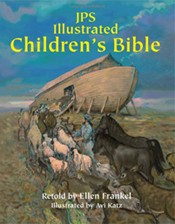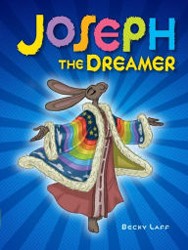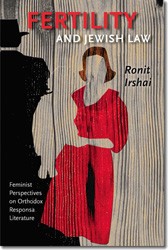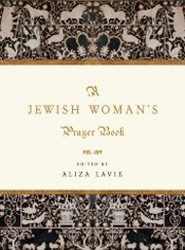In Meet Me at the Well: The Girls and Women of the Bible, the co-authors and illustrator invite readers to collaborate in recreating the lives of fourteen heroines of the Hebrew Bible. “A Note from the Authors” explains the book’s purpose as well as the criteria for inclusion in this volume: The women are all role models, “resourceful, courageous, inventive, and smart.” They are decidedly not the “wicked queens, spies, seductresses, and courtesans” who also figure prominently in biblical narrative. The book has a clear agenda of empowerment, asking readers to enter into the lives of Sarah, Esther, Deborah, Yael, and others. These women were sustained by faith, but were also questioning, assertive, and sometimes frustrated. Although the title refers to the communal well as a natural gathering place where desert dwellers exchanged ideas, it also reflects the structure of the book itself, a “well” from which readers will draw inspiration.
This is not the first picture book to attempt to reclaim biblical women, but Yolen and Diamond Goldin have pursued a wider goal in their new work. Each woman’s story is summarized in evocative language. (Leah recognizes that “I will be like a gift that, once given, cannot be returned.”) Within these pages are inset boxes with “commentary” in the form used in classical Jewish texts, which answer basic questions, summarize well-known midrashim, and offer new interpretations. Some include allusions to Christian and Muslim traditions. Following this initial immersion in each woman’s life are a monologue from her perspective by Diamond Goldin, (“Imagine Eve,” “Imagine Rebecca,”) and an original poem by Yolen further embroidering the text.
The loving wife Rebecca, chosen for Isaac because of her kindness and obedience, later engages in deception and seemingly cruel parental favoritism. While the Talmud, written by men, has many explanations for her behavior, in Meet Me at the Well we are given a glimpse into her own psyche, without male intervention. Brave Deborah, hesitant Esther, and desperately articulate Hannah are also allowed to speak in their own voices. The poems are more varied in tone than the “Imagine” sections, some using sing-song rhyme that might appeal to younger readers more than the rest of the book: “Sarah was a beauty,/a beauty and a half,/though nowhere does it say/that she knew how to laugh.” On the other hand, Yael’s challenge to male oppression is bold and chilling: “Better raise the tent peg, sister — /know what you are fighting for.”
The illustrations are appealing and accessible, reminiscent of religious school textbooks of the 1940s-1960s. They use a limited color palette of mainly blue, white, and shades of reddish brown, and the figures are portrayed with delicate humanity; in a lovely picture of Hannah fitting a young Samuel with his special linen garment, she looks down at him with the affection of any mother preparing her son for school. The simplicity of the pictures does not contradict the book’s ambitious goal. Rather, Mintzi’s images complement that goal by familiarizing the women to readers as real people with identifiable feelings and conflicts.
This book is recommended for children ages 10 and up. The authors suggest that readers who wish to explore the stories further find a Bible in their library or on the internet. This advice might lead them to Christian editions of the Old Testament, far from identical to the Hebrew Bible. Such editions reorder and reinterpret many of the events in the book as precursors to Christianity. Meet Me at the Well will certainly attract readers of different faiths, as well as some who view the book as principally literary or political. This is one of the book’s strengths. Parents and educators who prefer to situate these heroines within Jewish tradition may choose one of many available translations of the Masoretic Text, preferably one with commentary.
Emily Schneider writes about literature, feminism, and culture for Tablet, The Forward, The Horn Book, and other publications, and writes about children’s books on her blog. She has a Ph.D. in Romance Languages and Literatures.





